Greece
Athens
The Acropolis
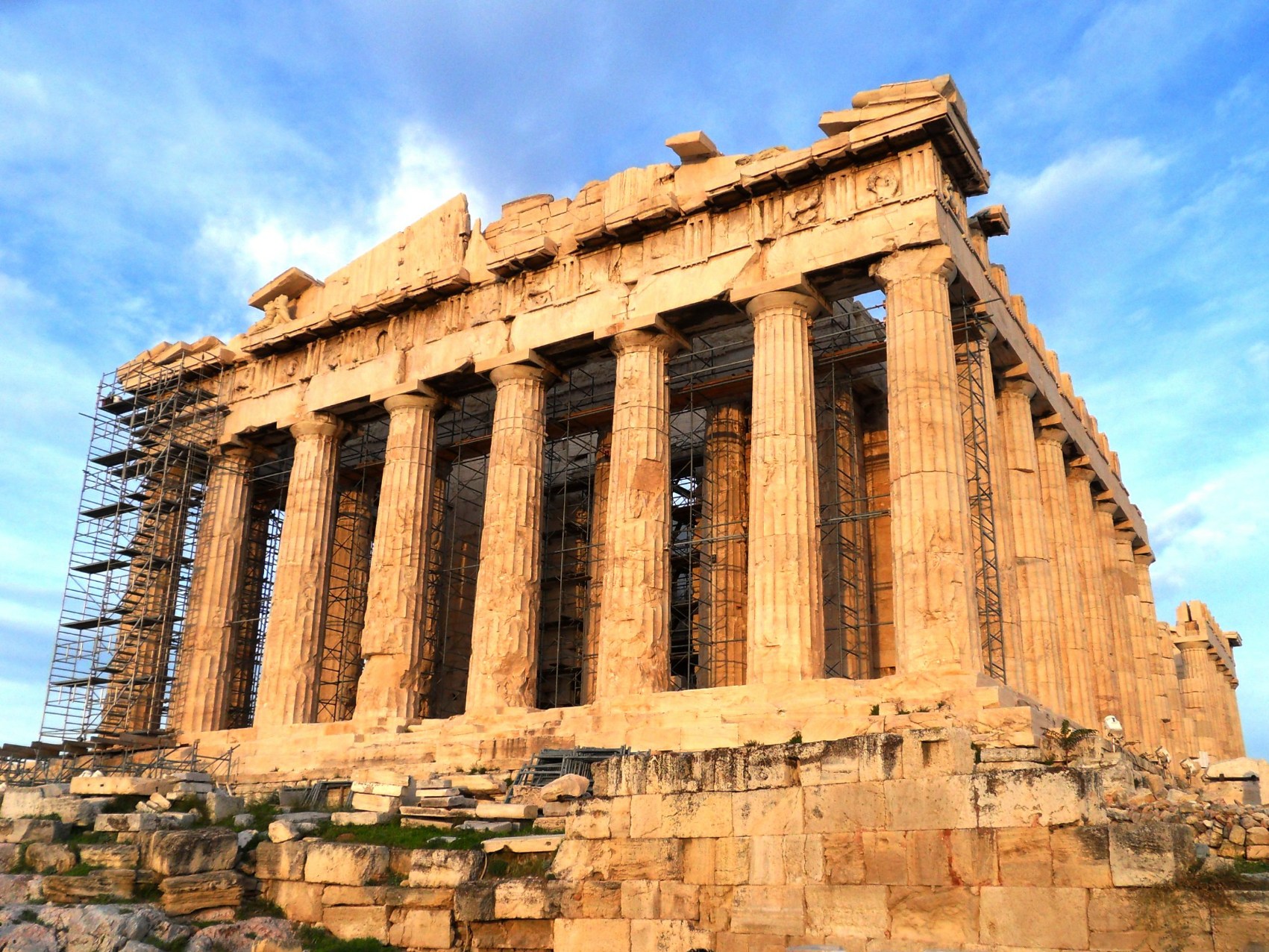
The Acropolis is not a single building but a number of temples build on a hill overlooking Athens. Although there are many Acropolises (the word meaning high city) in Greece we tend to associate the name with the one in Athens. The buildings that survive today are the Parthenon built between, 447 – 438 BC - although the decorative features weren’t completed until 432 BC; the Propylaea constructed around 437 BC; The Temple of Athena Nike between 427 BC and 423 BC; and the Erechtheum which was begun in 421 BC, although work ceased between 414 BC and 409 BC, and was completed in 407 BC.
Athens is known as the birth place of democracy when the people of Athens rose up and deposed the tyrant who had ruled them around 500 BC. The person to take over was Cleisthenes who set about reforming the constitution and introduced democracy, consequently he is known as the father of Athenian democracy. Around 461 BC Pericles became the leader of Athens, which he dominated until his death in 429 BC. It was Pericles who was responsible for the construction of what we know today as the Acropolis.
The Acropolis is entered via the Western Approach by the stairway leading to the Propylaea which was built as a gateway. Due to the constraints of the narrowness of space and the irregular terrain it was built on two levels. Just across from the Propylaea is the temple of Athena Nike - the goddess of victory. Like the Propylaea, the temple of Athena Nike was restricted by the space available. Athena is the goddess of victory, and the temple was built on the site of her alter during the Peloponnesian war to thank her for the victories against Sparta. The temple was used as a treasury where people would deposit their money for safe keeping. One of the strangest Greek temples in design is the Erechtheum as it does not follow the normal rules of Greek temple design. The temple was dedicated to Poseidon and it too was built on two levels due to the uneven land. It has two porches one of which is famous for the Caryatids, a sculptured female figure used as a column. At the centre of the temple during ancient times a lamp was continually kept burning.
The largest and most important building on the Acropolis is the Parthenon. It was the temple built for Athena Parthenos, the patron goddess of the city. The basic rectangular plan was surrounded by a colonnaded portico of columns on all four sides. It has 8 columns along the front and 15 on each side, 17 counting the corner ones. Each column had a number of stone drums, in the case of the Parthenon there were 11, and each drum is aligned with wood dowels placed in central holes to line them up. The building was richly decorated with sculptures - many of which were removed in 1802 by Lord Elgin and are now in the British Museum – all of which were originally brightly painted. Religious ceremonies did not take place inside temples but outside, the temple was the storeroom and a home to the statue of the god or goddess. At the rear of the Parthenon was the Treasury room; the main space contained a 12 meter high statue of Athena, clad in gold and ivory on a 1.5 meter tall plinth, the statue contained 1 ton of gold and cost as much as the building itself.
In the 6th century AD, a Christian Church was built inside the Parthenon which in 1456, when Greece was invaded by the Turks, was converted into a Mosque. In 1687, during the Venetian siege of Athens, a Turkish ammunition store inside the building was ignited by a Venetian cannonball destroying the inside of the Parthenon and causing two sides to collapse. In the following years the ruins were used as a source of stone for the locals. Excavations began in 1837 and have been going on ever since, while renovation work can be seen as an ongoing process.
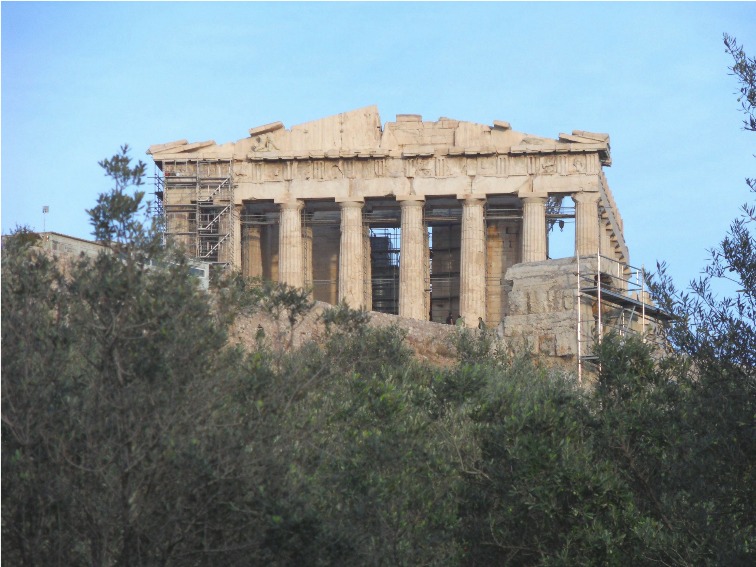
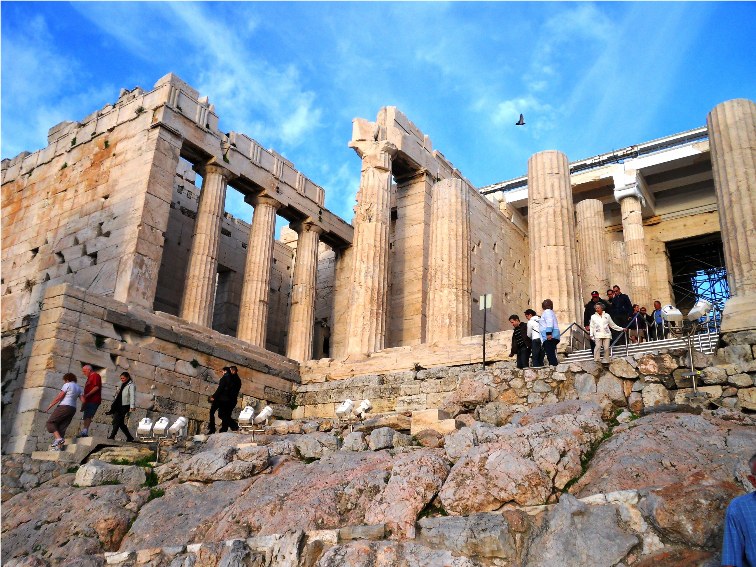
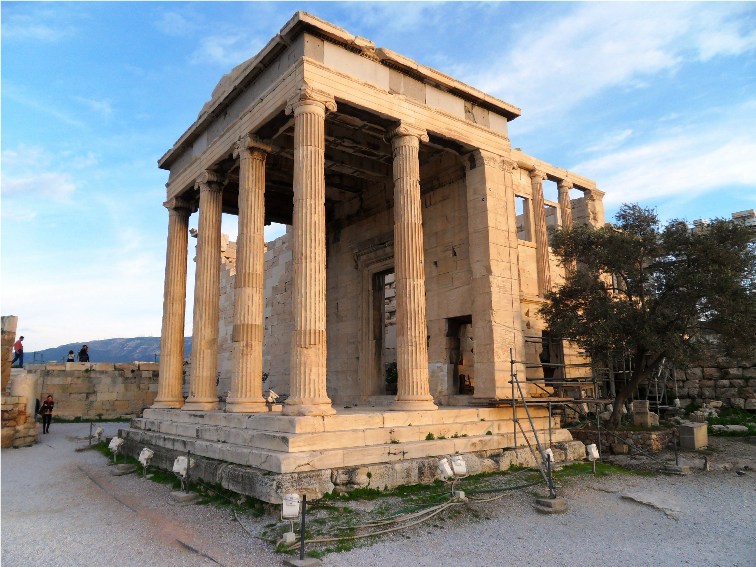
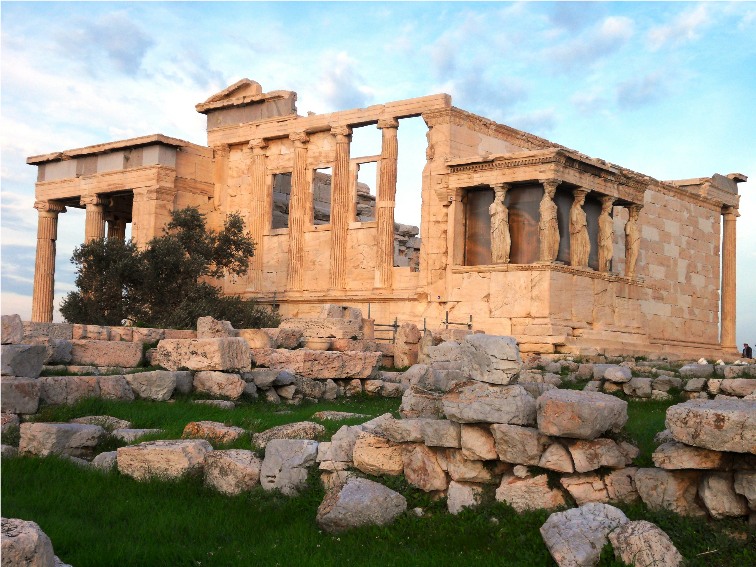
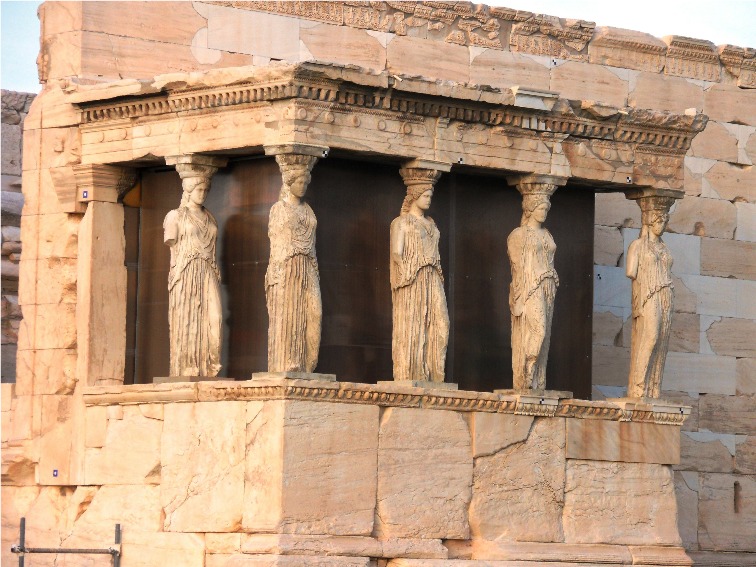
To see more photographs and take a virtual tour of the site click on the photoshow below.
View in Google Street View and Google Earth
